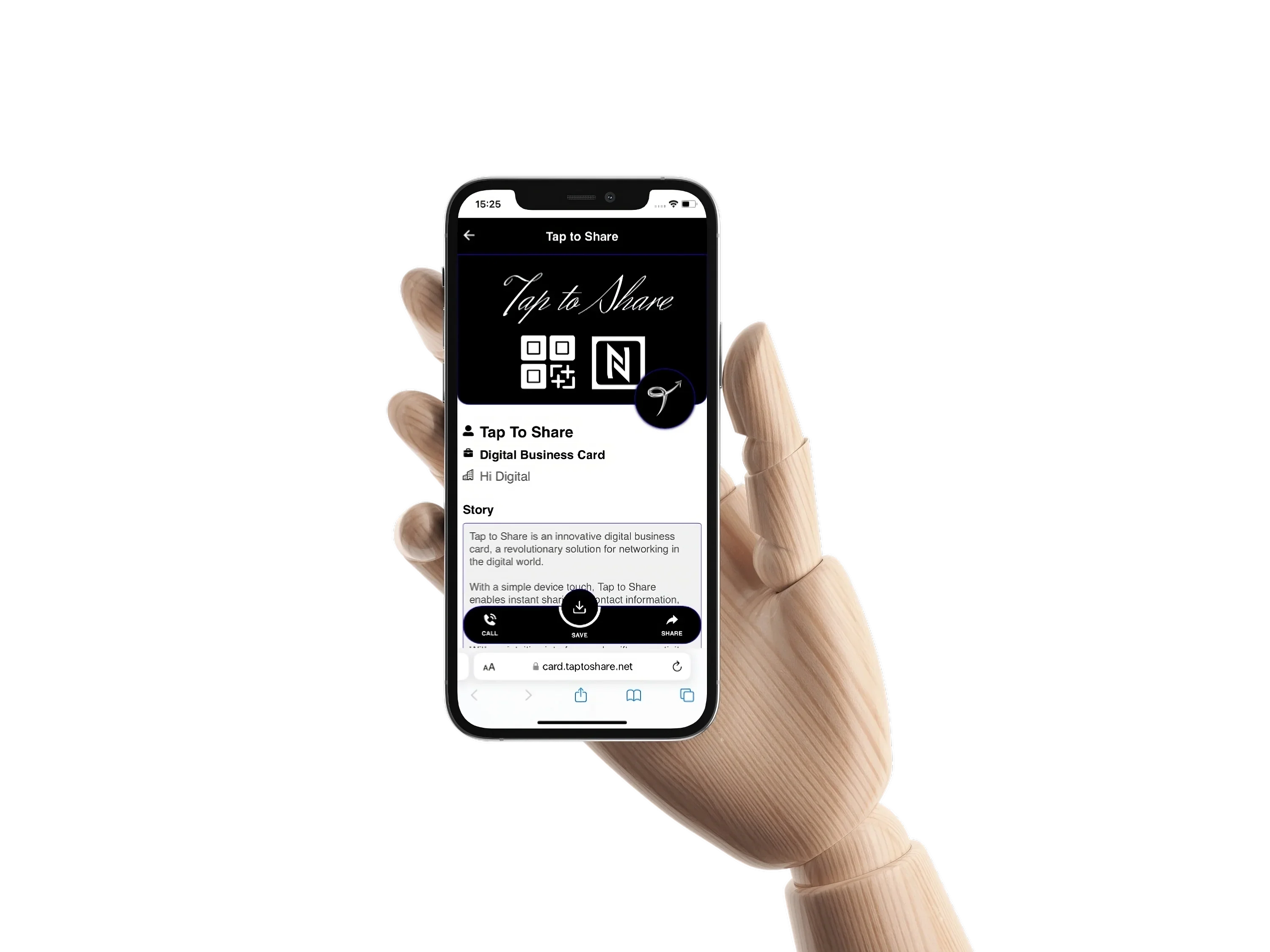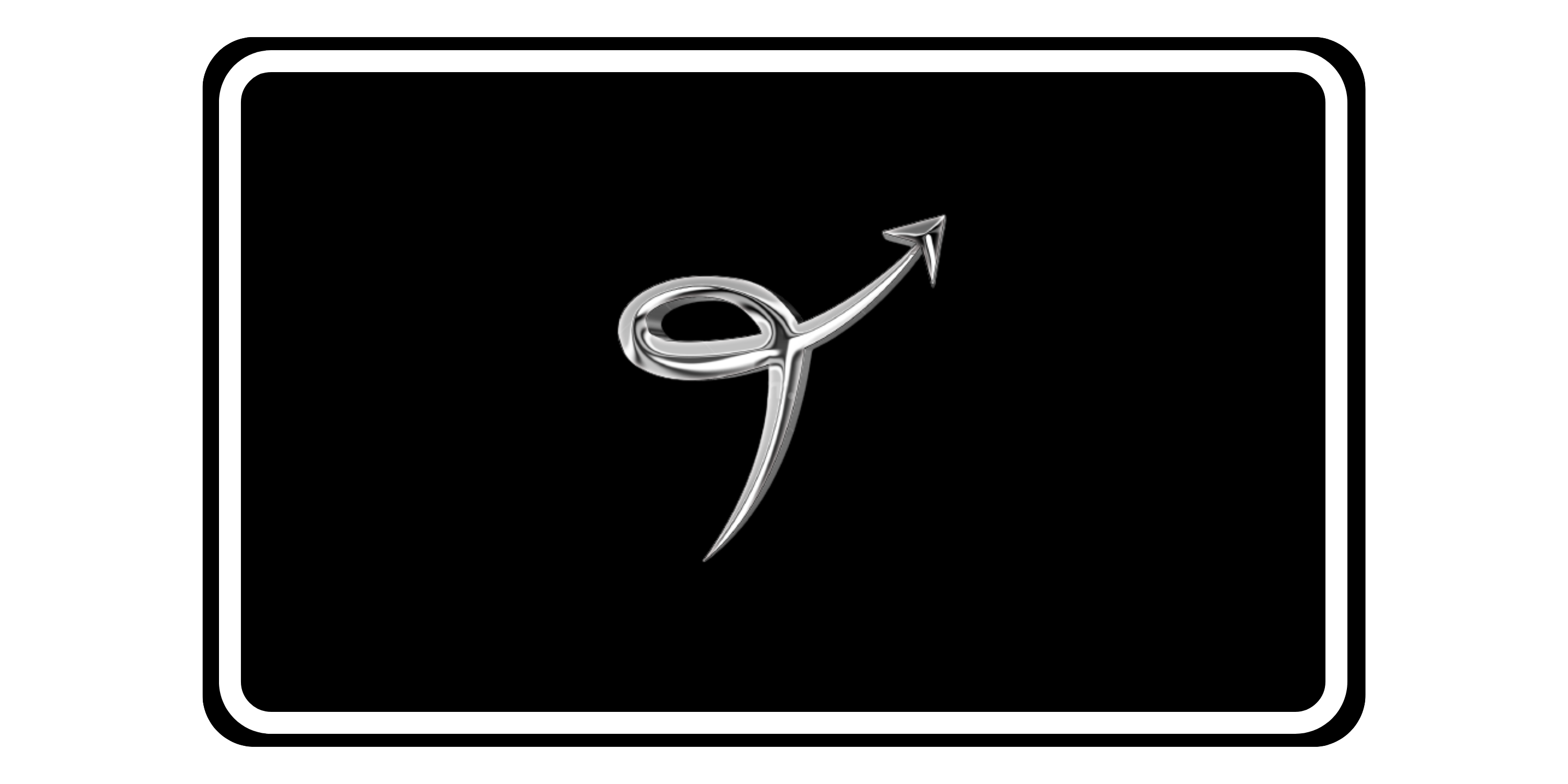
From Paper to Pixels: The Evolution of Business Cards in the Digital Age

Introduction: The importance of business cards in the digital age
In today's digital age, where virtual connections and online networking platforms dominate the business landscape, one may question the relevance of the humble business card. However, despite the proliferation of digital tools, the business card still holds its place as a powerful networking tool. It serves as a tangible presentation of professional identity and facilitates the exchange of contact information. Over time, business cards have evolved from traditional paper cards to innovative digital formats, adapting to the changing needs and preferences of professionals in the digital era.
Traditional business card: A brief history
The origins of the business card can be traced back to 15th century China, where business cards were used to announce arrivals. These cards were decorated with elaborate designs and bore the individual's name and title. The concept of business cards spread to Europe in the 17th century, where it became a symbol of social status and a means of formal presentation.
Traditional business cards are usually made of paper or cardboard, displaying the individual's name, job title, company logo and contact information. These cards are often exchanged during formal presentations, conferences and networking events, providing a physical reminder of the meeting and enabling future contacts. Despite their simplicity, traditional business cards still play a key role in making professional connections and making a lasting impression.
The rise of digital business cards
With the advent of smartphones and digital technology, the traditional business card has undergone a transformation. Digital business cards, also known as virtual or electronic business cards, have gained popularity due to their convenience and versatility. Digital business cards can be created and shared through various applications and platforms such as Tap to Share , eliminating the need for physical cards and the risk of their loss.
Digital business cards offer numerous advantages over their traditional counterparts. They are easily shared via email, messaging apps, or even social media, enabling quick and efficient exchange of contact information. In addition, digital business cards can be customized with interactive features such as clickable links to websites, social media profiles and portfolios, giving recipients a comprehensive overview of their professional identity.
Advantages of digital business cards compared to traditional ones
The transition to digital business cards brings a number of advantages. First, digital business cards are environmentally friendly because they eliminate the need to produce paper and reduce waste. By adopting digital formats, professionals can contribute to a more sustainable business environment.
Second, digital business cards offer improved functionality and flexibility. Unlike traditional business cards, which are limited by space and design, digital business cards can include multimedia elements such as videos, images and audio clips. This allows professionals to showcase their work, products or services in a visually appealing and interactive way.
Finally, digital business cards provide a more organized approach to contact management. Instead of manually entering information from physical cards into digital databases, digital business cards can be easily integrated with contact management software, ensuring that contacts are always up-to-date and easily accessible.
NFC technology: The future of business cards
Near Field Communication (NFC) technology has emerged as a player in the world of business cards. NFC enables wireless communication between nearby devices, revolutionizing the way we exchange contact information. With just a touch of their smartphones, professionals can instantly share their digital business cards, eliminating the need for physical cards.
Business cards with NFC offer a seamless and efficient way to exchange information. This technology allows recipients to instantly save contact information to their smartphones, eliminating the manual process of entering information. Business cards with NFC can also be programmed to trigger specific actions, such as redirecting the recipient to a website or opening a specific application. With the growing adoption of NFC technology, the future of business cards is undoubtedly digital and contactless.
QR codes: A revolution in the exchange of contact information
QR codes have become inevitable in the digital age, and have also found their place on business cards. QR codes, or quick responses, are two-dimensional barcodes that can be scanned using a smartphone camera. When included in a digital business card, QR codes provide instant access to contacts and other relevant online resources.
QR codes offer a number of benefits for both professionals and recipients. They provide a quick and easy way to exchange contact information without the need for manual entry. In addition, QR codes can be customized to direct recipients to websites, social media profiles or even online portfolios, offering an experience that is deeper and more interactive. The general familiarity of QR codes makes them an accessible and user-friendly tool for exchanging contact information in the digital age.
Eco-friendly business cards: A sustainable alternative
With growing environmental awareness, professionals are increasingly turning to eco-friendly alternatives to traditional paper business cards. Eco-friendly business cards are made from sustainable materials such as recycled paper, bamboo or even biodegradable plastics. By choosing these materials, professionals can reduce their carbon footprint and contribute to a greener future.
Eco-friendly business cards not only demonstrate a commitment to sustainability, but also leave a positive impression on recipients. They show the commitment of professionals to environmental responsibility and align with the values of a growing number of individuals and organizations. As sustainability becomes a key issue in business practices, eco-friendly business cards offer a real way to integrate sustainable principles into professional networking.
The touchless revolution: How the pandemic has affected the exchange of business cards
The COVID-19 pandemic has accelerated the adoption of contactless technologies and changed the way professionals share contact information. With social distancing measures and hygiene measures in place, the physical exchange of business cards has become less feasible and less desirable. This has resulted in an increase in the use of digital business cards, QR codes and NFC technology.
The touchless revolution has not only changed the medium through which contact information is exchanged, but has also highlighted the importance of maintaining a strong online presence. Professionals now rely heavily on digital platforms and virtual networking events to connect with colleagues, clients and potential business partners. As the world adjusts to the new normal, the digital evolution of business cards has become a key tool for maintaining professional relationships in a touchless world.
The importance of networking in the digital age
Although the means of networking has shifted to digital platforms, the importance of networking remains as crucial as ever. In the digital age, networking has become more accessible, allowing professionals to connect with individuals from all over the world. Online networking platforms provide opportunities to collaborate, share knowledge and expand professional horizons.
Digital business cards play a significant role in digital networking, serving as a virtual handshake and introduction to a professional identity. By harnessing the power of digital business cards, professionals can make a lasting impression, showcase their expertise, and develop meaningful connections in the digital environment.
Conclusion: Embracing the evolution of business cards in the digital era
The evolution of business cards from paper to pixels signifies the adaptability and resilience of professionals in the digital age. While traditional business cards still hold their place in formal settings, the rise of digital business cards, NFC technology and QR codes have revolutionized the way we exchange contact information. The advantages of digital business cards, such as improved functionality and environmental friendliness, make them an attractive choice in today's digital landscape.
As professionals embrace the digital evolution of business cards, it's important to recognize that networking remains a fundamental aspect of professional success. The shift to digital networking platforms and the touchless revolution require a new approach to building and maintaining professional relationships. By taking advantage

